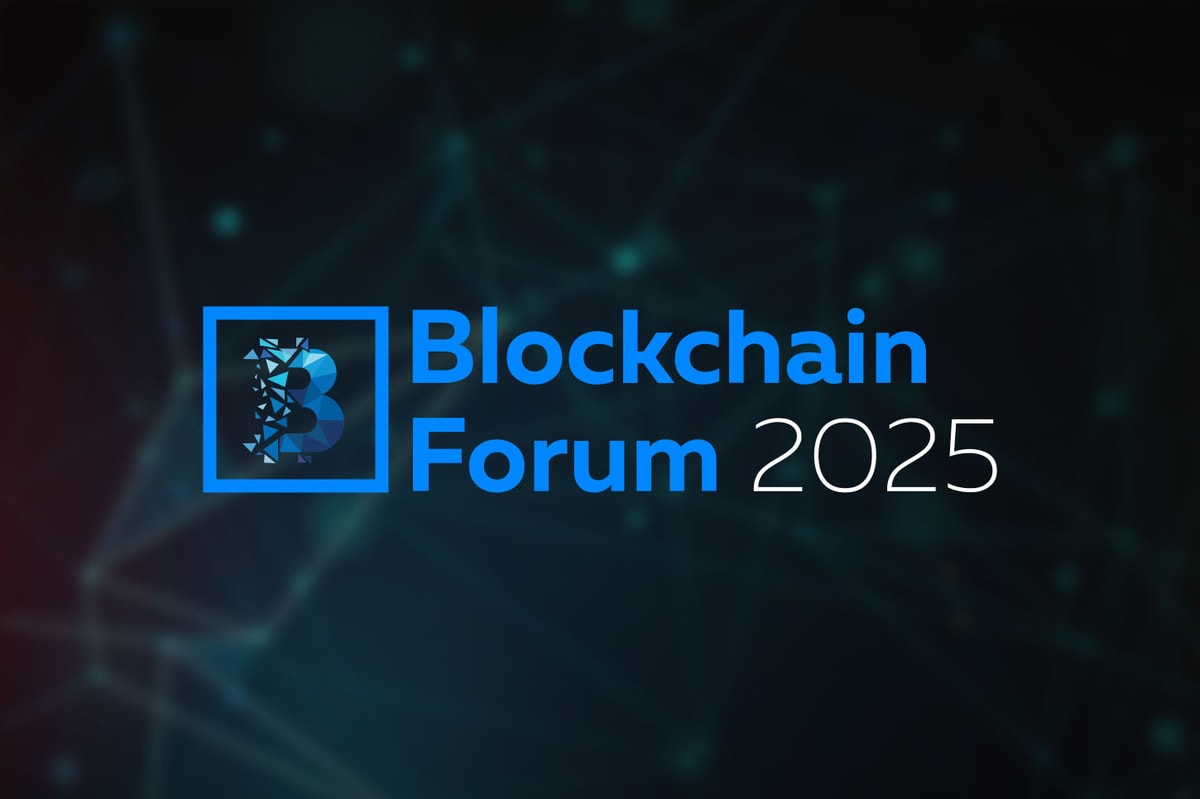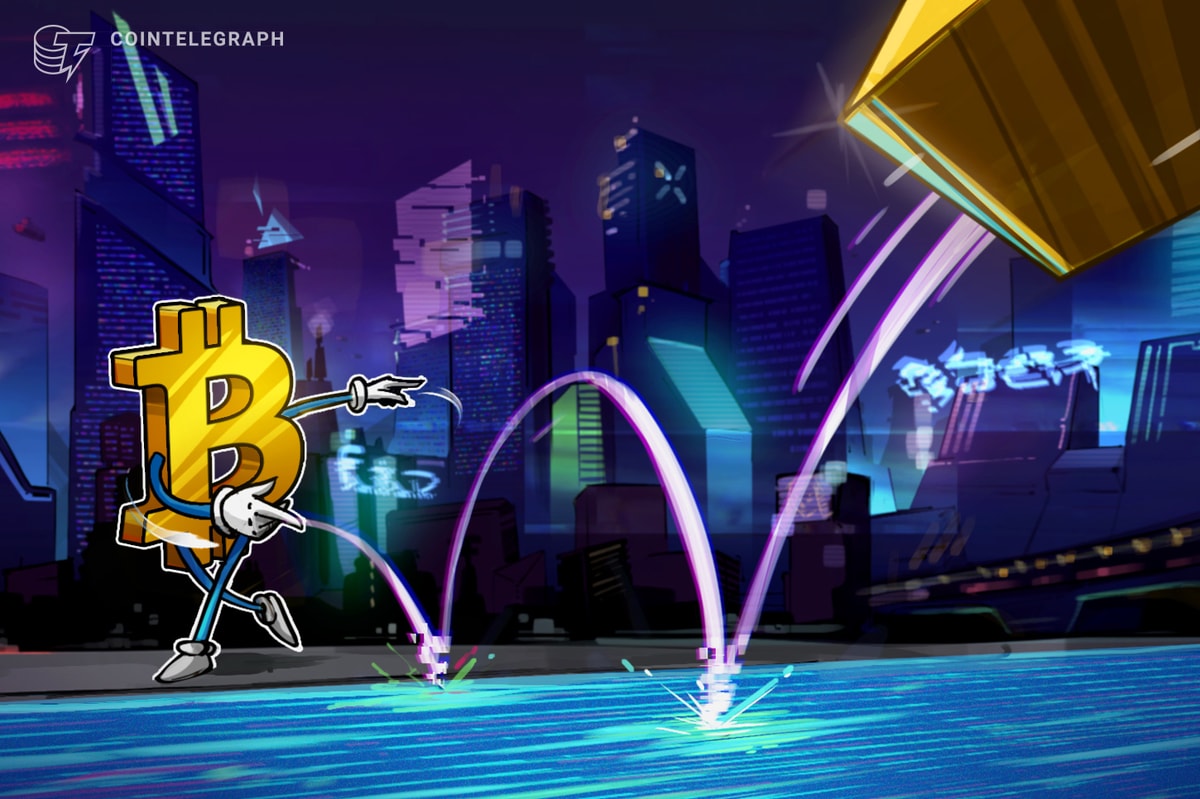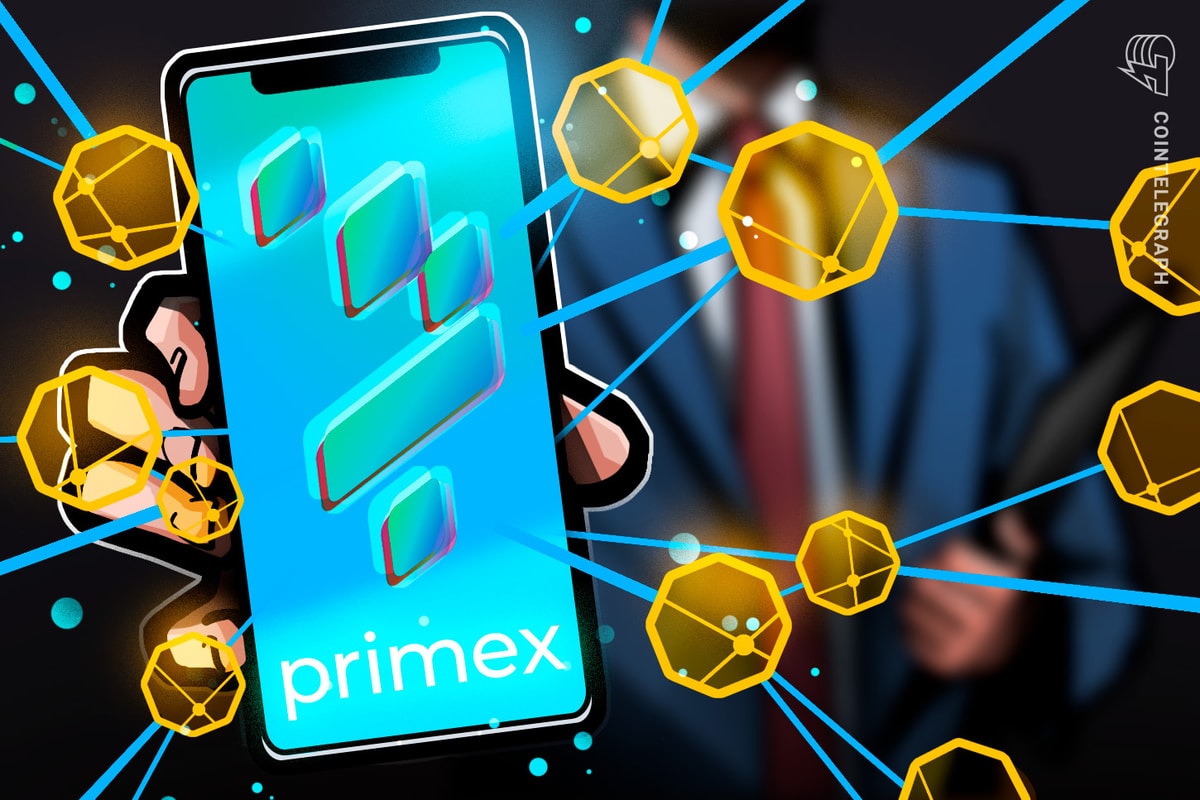While the NFT space has been through its fair share of peaks and troughs, the potential to transform industries is inherent in this asset class. Unfortunately, there are still many points of improvement to be achieved before NFTs can reach the mainstream effectively.
Throughout the conversation below, bitsCrunch’s co-founder and chief data scientist Saravanan Jaichandaran delves into various aspects of NFTs, including their origins, mainstream critiques and the crucial points of improvement necessary for the space. They also address the significance of data accessibility, the impact of wash trading, and the ongoing efforts to standardize data formats and metadata. What’s more, bitsCrunch has recently launched an innovative data and analytics platform for the NFT space that aims to bring better accessibility for traders.
Q: How did you get into NFTs in the first place, and what do you think their potential is?
We got into NFTs while we were exploring a hackathon, which we won by building an MVP product on the blockchain blended with AI. This gave us exposure and allowed us to explore this space more. By now, NFTs have quietly spread across industries. It’s just a matter of time before more enthusiasts and businesses realize their worth and take a step forward.
Even in 2023, NFTs are not much known beyond being called a “digital art” fad. However, since the beginning of this decade, experts have emphasized its enormous potential across numerous industries like healthcare, real estate, finance, sports and others. Still, its revolution in the digital art landscape shouldn’t be ignored.
Q: How would you address the mainstream critique that NFTs are not here to stay and are just a passing fad?
What the NFT industry is experiencing is not a new phenomenon. People largely reacted the same during technological breakthroughs in the Bitcoin era in the 2000s and the dotcom era in the 1990s. Likewise, NFTs are still in their nascent stages, and their utilization has not been explored much beyond digital art and the Metaverse. However, it’s worth noting that NFTs have revolutionized the way royalties work for artists and creators. More creators can benefit from their artwork consistently by receiving royalties every time someone resells their artwork.
Q: The NFT market saw its peak in 2021 and 2022, but there are still many aspects that need improvement. What do you think are the three key points of improvement for the space?
Awareness, transparency and adoption.
The NFT and Web3 industry has been one of the most talked-about subjects since 2020, which became obvious when the industry gained mass adoption in the second half of 2022. However, since then, the industry has been down by roughly 70% from its peak, owing to a breakdown of its initial hype and lack of awareness. Amid the hype, the market also suffered from various security issues, including phishing attacks, wash trading, market manipulation, money laundering, plagiarism and others.
Q: How can improved data accessibility benefit the NFT market?
As of now, blockchain data is not accessible to anyone, although all the transactions are transparent. By harnessing NFT data, people can understand the actual market, analyze the pump/dump scheme and make informed decisions.
There’s a key difference between data transparency and data accessibility. While blockchain technology has greatly improved transparency owing to its immutability and traceability, it’s still quite difficult to trace transactions for a non-technical person. Ergo, even if the data is transparent, if people cannot access the data to make informed decisions, the technology has no use to the people, thus restricting its mass adoption.
Q: Your newly launched NFT analytics platform UnleashNFTs offers a detailed wash trading view for collectibles. Why is this important?
A group of people can circulate certain NFT assets and inflate their prices by selling them among themselves. This makes the NFT assets more valuable, owing to a large number of transactions, which misleads the NFT buyers into believing that the NFTs are more valuable than what they are actually worth. Wash trading is an illicit activity and has greatly impacted NFT investors and market credibility. Over the years, we have felt that NFT wash trading has remained a less controversial subject in the market, but it is largely detrimental to the growth of NFTs as an asset class. Therefore, we decided to incorporate wash trading statistics into our NFT analytics platform UnleashNFTs to bring more awareness of the subject and allow people to invest in NFTs based on their actual worth.

Source: UnleashNFT
Q: What efforts are underway to develop standardized data formats and metadata for the NFT market?
At this point in time, there haven’t been any standardized formats. It more or less depends on the collections and marketplaces and how they want to store their metadata. But there are certain standards authored by OpenZepplin for storing the metadata standards. At bitsCrunch, we have our own schema for storing the metadata.
Q: How can improved data accessibility affect market liquidity?
With reliable and more transparent data, investors won’t be dumping their funds based on FOMO created by companies. Improved data accessibility can help increase market transparency, facilitate better price discovery, enable more sophisticated trading strategies, and increase accessibility to the market. All of these factors ultimately contribute to improving market efficiency.
Q: What are your goals for UnleashNFTs for 2023 and beyond?
For 2023, we are focusing on decentralization. We’ll soon decentralize our data layer and all the APIs on Unleash NFTs, which will be available on the bitsCrunch network. Moreover, we’ll also add more KPIs and unique metrics on top of the 50+ unique metrics that we already offer.
The ongoing efforts to develop standardized data formats and metadata, as well as the increasing focus on analytics platforms, demonstrate the continuous innovation that can drive the NFT market forward. As the space looks ahead, the potential of NFTs to transform industries and create new opportunities is evident, and it is essential to continue fostering a deeper understanding and broader adoption of this groundbreaking technology.
Disclaimer. Cointelegraph does not endorse any content or product on this page. While we aim at providing you with all important information that we could obtain, readers should do their own research before taking any actions related to the company and carry full responsibility for their decisions, nor can this article be considered as investment advice.











